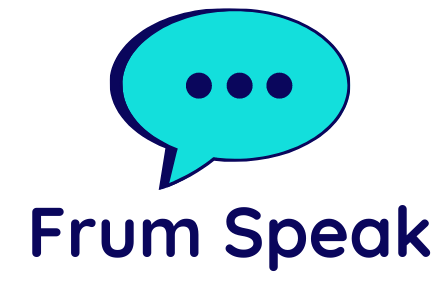State lawmakers across the U.S. are pushing to use more taxpayer dollars to pay for private school tuitions and homeschooling expenses even as they try to figure out how to budget in a time of economic uncertainty. A $1 billion-per-year voucher program the Texas Legislature sent to the governor last week and a longshot push in Congress to expand vouchers nationally, including to states that have rejected them, are focusing attention on the issue. In states that already have programs to pay private education costs for most students, the expense has quickly gobbled up more of their budgets as revenue growth has slowed or stalled. Besides Texas, Tennessee adopted a program this year, and North Dakota gave serious consideration to one before a veto last week likely ended its prospects this year. States are required to produce annual spending plans that don’t exceed what they bring in. With pandemic-era federal money mostly phased out, voucher opponents fear the programs will come at the expense of other priorities, including public schools. “Even if they’re being funded by separate revenue sources, it can feel like school choice programs and public schools are competing for the same slice of an increasingly smaller pie,” said Page Forrest, who analyzes state finances at the nonpartisan think tank Pew. Scholarship and savings account costs have risen quickly Until five years ago, the boldest school choice programs were limited to lower-income and special-needs students. More recently, scholarships and state-funded savings accounts open to most or all families have been catching on, especially in Republican-controlled states. This approach costs far more, at least in the short term. That is partly because studies of the efforts in several states have found most of the first students to enroll were already attending private schools, and not receiving taxpayer subsidies at all before the choice programs’ launch. In the coming school year, voucher programs are expected to cost Florida taxpayers almost $3.9 billion, or about $1 in every $13 from the state’s general revenue fund. In Arizona, it’s nearly 5% of the general budget. An analysis by The Associated Press found the costs in Iowa, Ohio and Oklahoma are over 3% of state general spending this year, or are projected to be in the coming budget year. Spending is a smaller portion of the budget in states where the scholarship programs are still ramping up. Those include Arkansas, Indiana, North Carolina, Utah and West Virginia. Scholarships are catching on in more states A flood of campaign money from voucher proponents has been a key factor in convincing previously resistant Republican lawmakers to endorse school choice plans, particularly as advocates have called for more school options coming out of the COVID pandemic. Programs were approved last year in Alabama and Louisiana and this year in Tennessee, where Republican Gov. Bill Lee has said the $447 million program will be available for the upcoming school year. A New Hampshire bill raising income limits on an existing program has been moving through the legislature. In Texas on Thursday, lawmakers sent the governor a bill that would allot more than $10,000 per year for students in accredited private schools. The cost would be capped at $1 billion in the 2026-27 school year, which is a little over 1% of the annual state general funding. But by 2030, a legislative analysis found, it could cost $4.5 billion a year. That […]
27
Apr
Category:


Recent comments